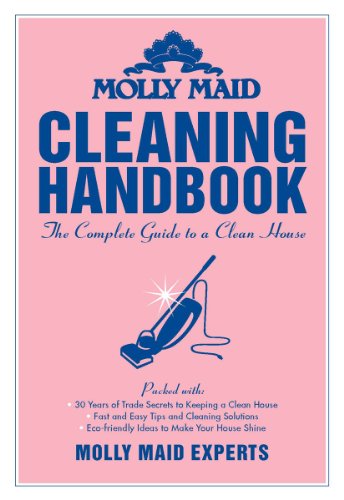
Cycling the open road is an enjoyable activity for people of all ages and all abilities. As we strive to live a more active lifestyle, riding a bike is an easy and accessible choice. Whether you ride for pleasure, as a mode of transportation, or compete in long-distance racing, cleaning your bike is a must. Not only does a clean bike look great, it lasts longer and improves performance.
Wash, Scrub & Towel Dry
Even a casual ride around the block can leave your shiny bike, dull and dirty. Gum gets trapped in tires, as can excess road tar, construction debris and mud. Bugs squish on reflectors (especially if you’re a real speed demon) and dust is inevitable. If time is limited, give your bike a gentle spray with the hose and towel dry at least once a week. Avoid using a jet stream or power washer, as they may damage delicate parts like breaks and the chain. Otherwise, a bike sponge bath is the way to go – and can be fun too! Grab a bucket of warm water and a microfibre cloth. Focus on the frame and tires, washing away muck and grime. Once clean, use a dry microfibre cloth to thoroughly dry, to avoid rusting.
Clean your Chain
Of course, a bike chain is an integral part of its anatomy. Chain lubrication is one of the most important parts of proper bicycle maintenance. A dried out, rusted chain can negatively impact performance. Keep it free of debris with a firm brush, or an old toothbrush. Simply brush out the links to allow the chain to run smoothly. Lubricate the links from time to time with a chain lubricant. Wipe off excess lubricant with a dry clean rag. Over-lubricating can actually be counterproductive, attracting new dust instantly. Always keep the lubricant away from disc brake pads and rotors. Some people even cover them with a plastic bag while working on their chain.
Check Tire Pressure
Proper tire pressure lets your bike roll quickly, ride smoothly and avoid flat tires. So, check the air pressure on your bike once a week or, if you ride infrequently, before every ride. Every bike tire requires different air pressure; to figure yours out, scan the tire for a number next to the letters ‘psi’ (pounds per square inch). For reference, mountain bike tires need 25-35 psi, and racing bike tires require 80-130 psi. For the most accurate reading, it’s best to use a high-quality tire pressure gauge when the tires are cold. Low air pressure is nothing but trouble; it makes your bike sluggish, prone to flats and may even cause damage to the rims.
Photo by Nubia Navarro

